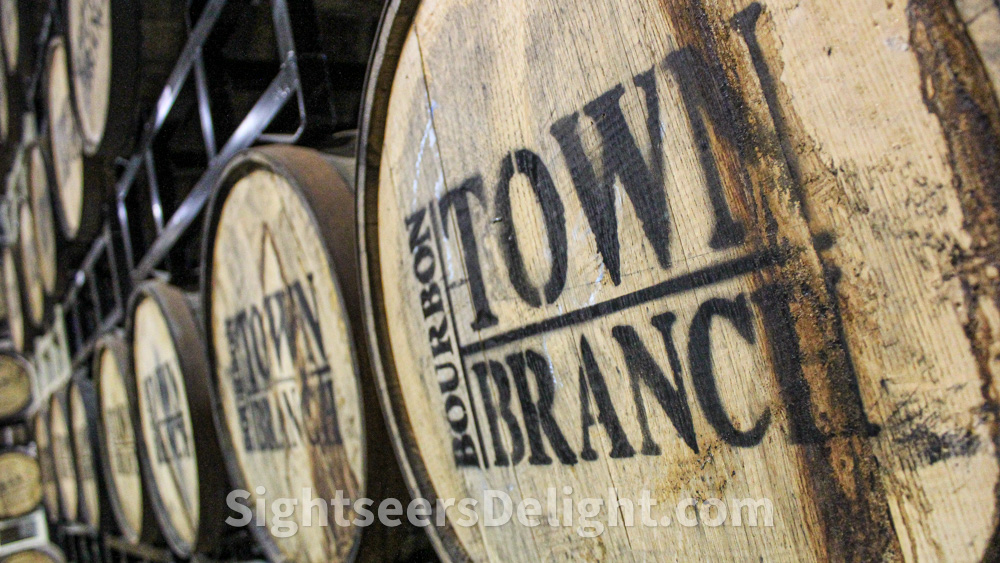Bourbon and whiskey are among the most popular liquors available today.
While their production processes and ingredients are similar, the two distillates have unique differences — and regional associations. While all bourbon is whiskey, all whiskey is not necessarily bourbon.
Here is a brief overview of the differences between bourbon and whiskey:
Whiskey
Whiskey is a category of distilled spirits that originated centuries ago and is typically made from fermented grain mash, often including barley, corn, rye, and wheat.
Whiskey production involves distilling the fermented grain mash and aging it in wooden casks, usually oak barrels, for a specific period. The aging process contributes to the flavor profile and character of the whiskey.
There are various types of whiskey, most notably Scotch whisky, Irish whiskey, Canadian whisky, and American whiskey, which includes rye whiskey, Tennessee whiskey and bourbon. Each type has its own unique production methods and regulations.
Bourbon
Bourbon is a type of American whiskey with specific requirements. Thanks to Senate Concurrent Resolution 19 in 1964, declaring the drink “a distinctive product of the United States,” the liquor must be made in America.
- Mash: Bourbon must have a minimum mash bill of at least 51% corn, though some brands, such as Maker’s Mark (70 percent), are much higher. The remaining percentage can include other grains such as barley, rye or wheat.
- Distillation: Bourbon must be distilled to a maximum of 160 proof — 80 percent alcohol by volume. For its aging, it must be put into a new, charred oak barrel at a maximum of 125 proof (62.5 percent alcohol by volume), and it cannot go into the bottle at less than 80 proof (40 percent alcohol by volume). Distillers can only use water to lower the proof.
- Aging: Bourbon must be aged in a new, charred oak barrel. Producers must age straight bourbon for at least two years. Longer aging can result in more complex flavors.
- Origin: While whiskey can be produced anywhere globally, bourbon must be produced in the United States. Although Kentucky is strongly associated with bourbon and known for its rich bourbon-making tradition, any state can produce bourbon, and distilleries in many other states do.
Flavor profiles
Depending on the brand, mash bill and aging process, bourbon and whiskey can have distinct flavor profiles. Due to the high corn content, bourbon often exhibits caramel, vanilla and oak.
Meanwhile, depending on grain composition and aging techniques, whiskey can encompass a broader range of flavors, including smoky, fruity, spicy, or nutty notes.
